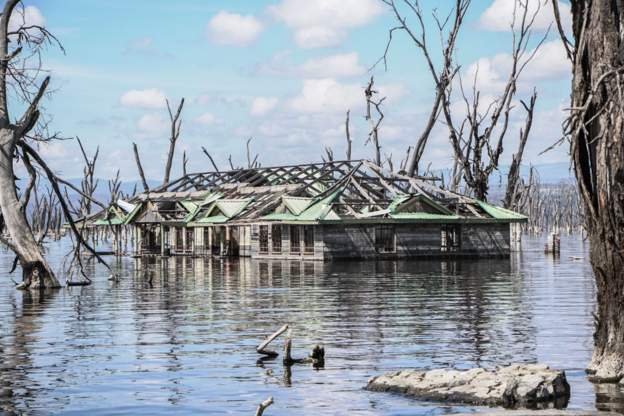Kenyan Flood Disaster: Eleven Fatalities Reported in Recent Deluge
The situation in Kenya, particularly in Nairobi and other affected areas, is dire due to the severe flooding caused by heavy rains. The loss of life, displacement of thousands, and damage to homes and farmland underscore the urgent need for government assistance and humanitarian aid.
The onset of the rainy season in mid-March has exacerbated the situation, leading to widespread devastation and posing significant challenges such as hunger and the increased risk of disease outbreaks. The displaced individuals and families urgently need shelter, food, and medical support to mitigate the impact of the flooding.
The Kenya Red Cross is crucial in assisting those affected, offering support to displaced individuals, and advising residents in low-lying areas to seek safer shelter. However, the scale of the disaster requires coordinated efforts from governmental and non-governmental organizations to address immediate needs and provide long-term solutions to prevent similar crises.
As the rainy season is forecast to continue until early next week, it’s essential to prioritize emergency response efforts, including rescue operations, provision of basic supplies, and ensuring the safety and well-being of all affected communities. Additionally, measures should be taken to improve infrastructure resilience and enhance preparedness for future natural disasters to minimize their impact on vulnerable populations.
- Emergency Aid Distribution: Immediate distribution of food, clean water, and shelter materials to displaced families is crucial to address their basic needs. Temporary shelters should be set up to accommodate those who have lost their homes, ensuring their safety and protection from further harm.
- Medical Assistance: With the risk of disease outbreaks heightened in flooded areas, access to medical care and sanitation facilities is paramount. Medical teams should be deployed to provide emergency healthcare services, treat injuries, and prevent the spread of waterborne illnesses such as cholera and typhoid.
- Search and Rescue Operations: Efforts should continue to locate and rescue individuals who may still be trapped in flooded areas or isolated by rising waters. Swift and coordinated rescue operations can save lives and minimize casualties.
- Long-Term Planning and Preparedness: Beyond immediate relief efforts, there is a need for long-term planning to address the underlying factors contributing to the vulnerability of communities to flooding. This includes investing in resilient infrastructure, implementing flood mitigation measures, and strengthening early warning systems to better prepare for future disasters.
- Community Engagement and Education: Engaging with local communities to raise awareness about flood risks, emergency preparedness, and disaster response protocols can empower individuals to take proactive measures to protect themselves and their families during emergencies.
- Coordination and Collaboration: Effective coordination between government agencies, humanitarian organizations, and local authorities is essential to ensure a cohesive and comprehensive response to the flooding crisis. Collaboration will optimize resource allocation, avoid duplication of efforts, and maximize the impact of relief initiatives.
- Psychosocial Support: Addressing the emotional and psychological impact of the disaster on affected individuals, especially children and vulnerable populations, is critical. Providing psychosocial support services can help alleviate trauma, reduce stress, and promote resilience in the aftermath of the flooding.
By prioritizing these measures and fostering collaboration at all levels, Kenya can mitigate the immediate impact of the flooding crisis and build resilience to future disasters, ultimately safeguarding the well-being and livelihoods of its citizens.


















